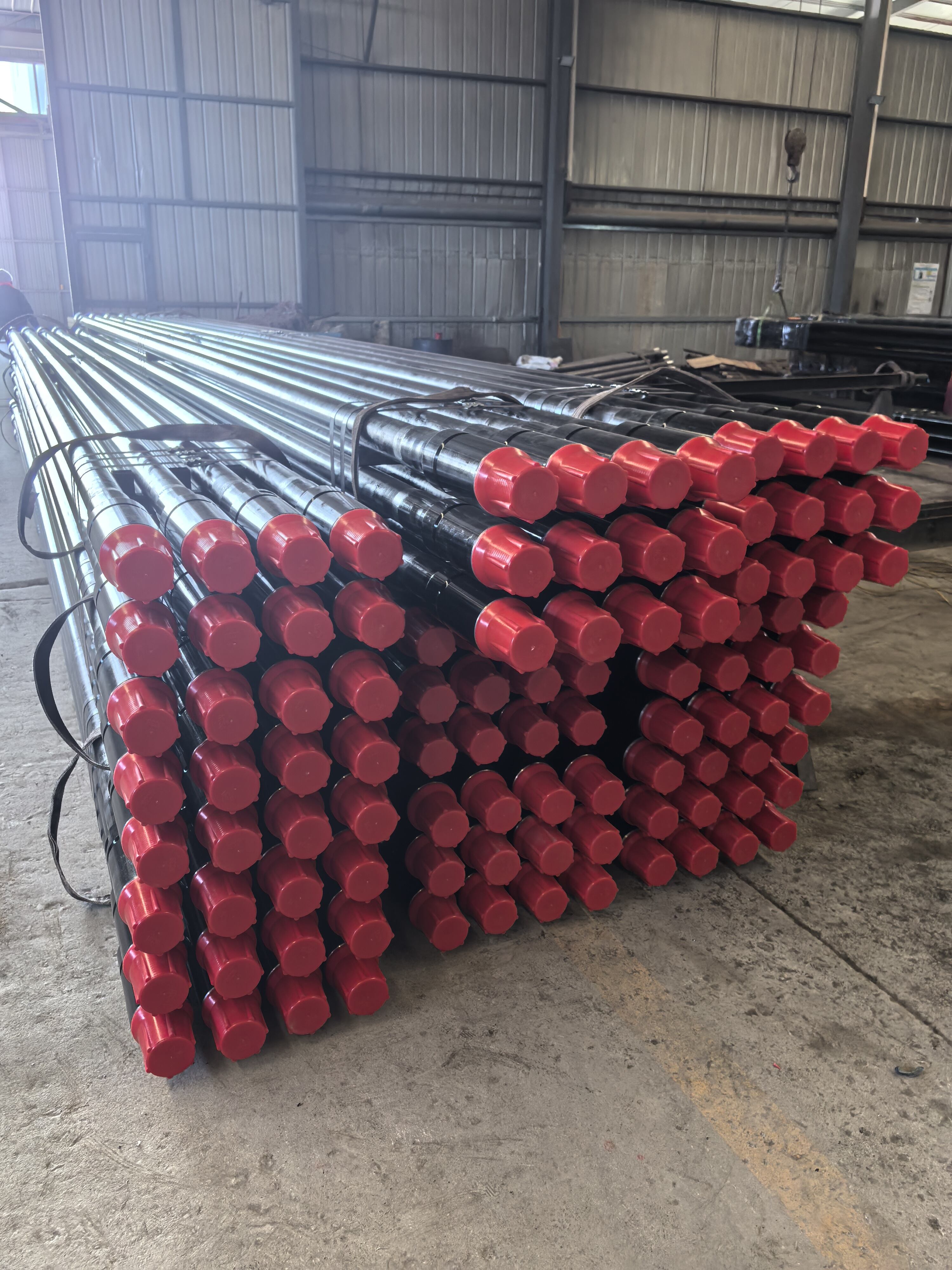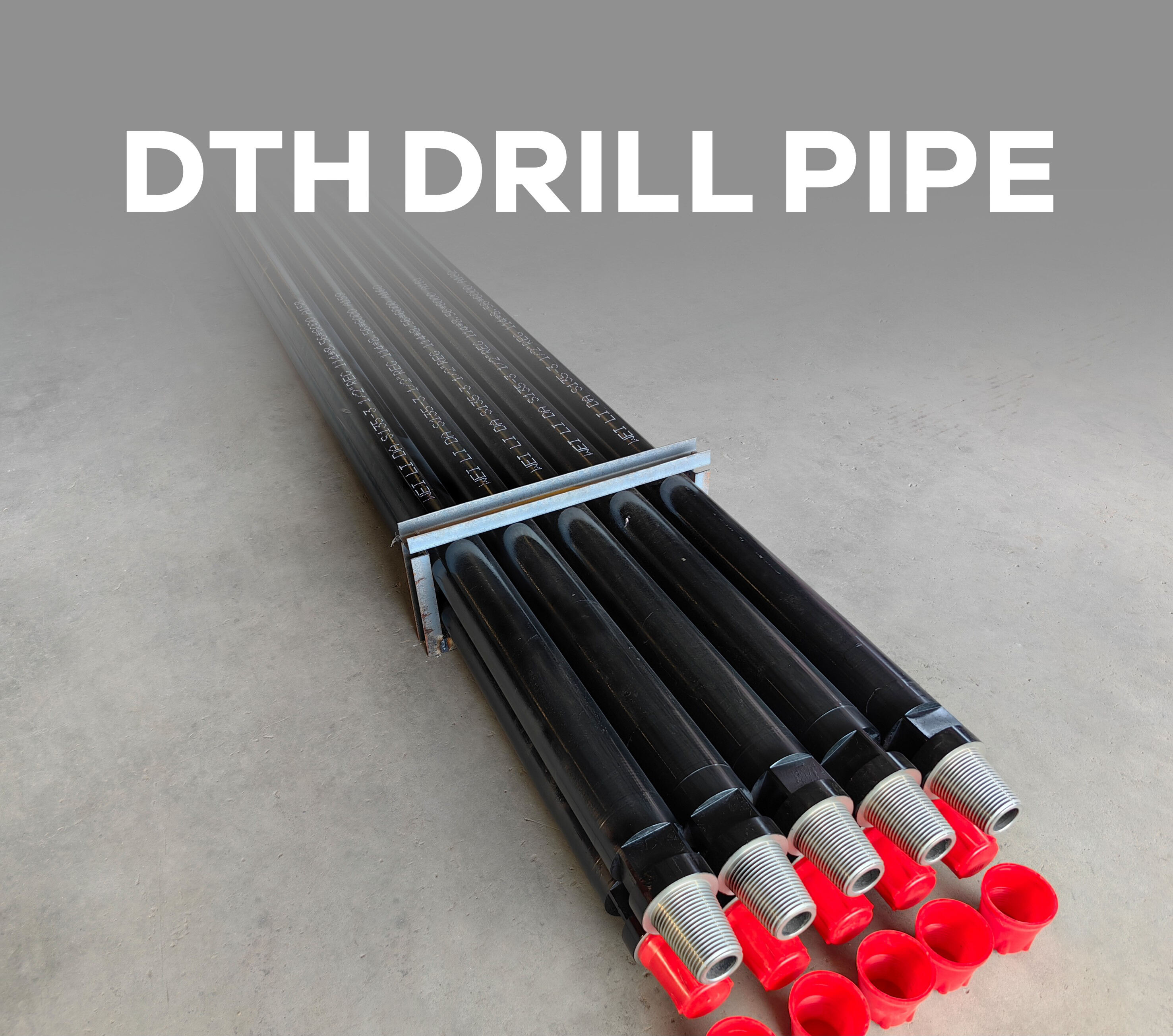drill pipe 3 1 2
The drill pipe 3 1/2 represents a crucial component in modern drilling operations, serving as the primary conduit for drilling fluid circulation and torque transmission. This versatile drilling tool features a nominal size of 3.5 inches in diameter, making it ideal for both shallow and medium-depth drilling projects. The pipe is manufactured using high-grade steel alloys, typically meeting or exceeding API specifications, ensuring exceptional durability and resistance to various drilling environments. The design incorporates precision-engineered tool joints at both ends, facilitating secure connections and maintaining structural integrity throughout drilling operations. Modern 3 1/2 drill pipes feature internal coating treatments to minimize friction and enhance flow efficiency, while their exterior surfaces are often treated with specialized coatings to resist corrosion and wear. These pipes typically offer an optimal balance between weight and strength, allowing for efficient drilling operations while maintaining manageable handling characteristics on the rig floor. The standardized dimensions and threading patterns ensure compatibility across different drilling systems and equipment, making them a versatile choice for various drilling applications.


